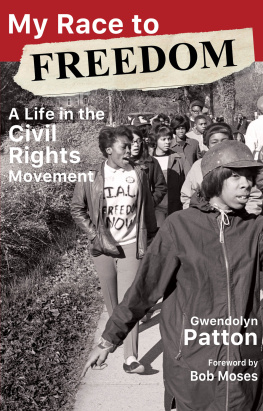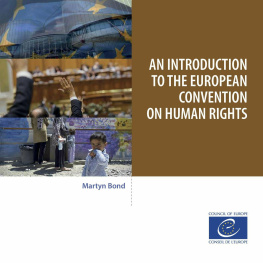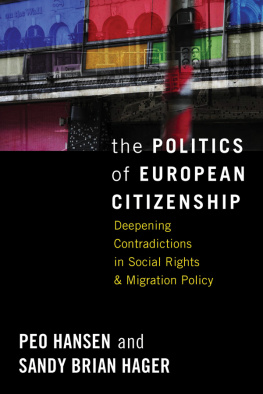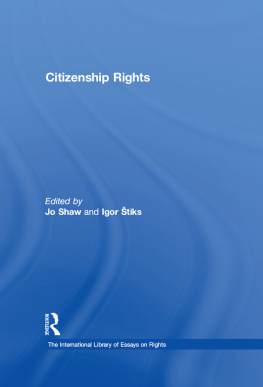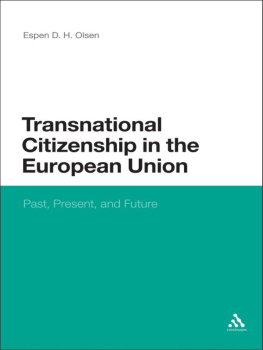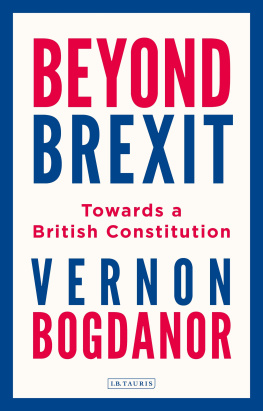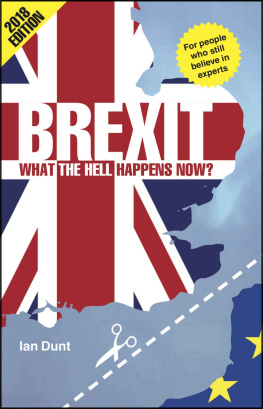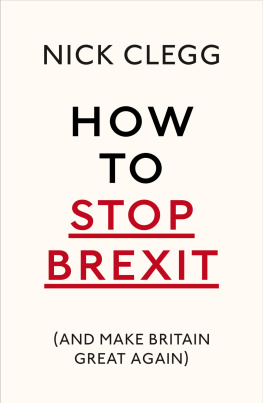1. Introduction
The referendum on 23 June 2016 triggered a wave of concern on matters political, constitutional, international and more. There are many issues surrounding the procedure of exiting, when the UK will do it, about the constitutionally legitimate procedure to do so, about the drafting techniques of the treaties, in parallel or subsequently, that Article 50 will require on exit and future relations, and how the Brexit withdrawal Treaty may be enforced, what happens if the UK changes its mind during the negotiations, and more.
The question asked here is: What are the consequences that Brexit may entail for the regulation of nationality and migration, taking into consideration European Union (EU) citizenship? The book investigates European citizenship after Brexit, in light of the functionalist theory, that is, a general theory that develops an epistemologically strong account of the concept of status civitatis (Mindus ). Such a theoretically informed inquiry is warranted for a number of reasons and enables relevant policy suggestions.
As things currently stand, outcomes of negotiations cannot be foreseen. Focus here will be on determining what resources, if any, are available to the legal scholar regardless of what may happen in negotiations. Therefore, this study is made under the assumption of a non-negotiated withdrawal.
Many have, of course, pointed out the unlikelihood of non-negotiated withdrawal. Yet, I will operate under this assumption, or the assumption of a withdrawal treaty making no mention of free movement rights, which for the present purposes would amount to the same thing. I have chosen to operate under this assumption because the question of remedies in the absence of an agreement is relevant since there is no guarantee that any future agreement would have terms that are favourable to all affected groups and/or that any agreement would claim comprehensiveness. The political likelihood of determinate negotiational outcomes is therefore secondary to establishing the legal situation that would prevail in absence of agreements to come. Knowing what negotiations can do helps us assess the quality of the output of these.
So without engaging in predictions about what is likely to happen politically or in the negotiations, the book aims to explain the problems faced by European citizens in the UK and by British citizens resident in member states of the EU after Brexit. Particular emphasis is laid on freedom of movement and rights relating to residence. This allows the reader to understand the legal complexities affecting those who, on both sides of the UK border, have relied on free movement in making their life choices. The book suggests adopting a conceptually solid approach so as to disentangle the various aspects of the question because, no matter its shape, Brexit will need to imply changing the territorial scope of application of the EU Treatises.). The citizenry is expected to shrink in size and change in composition, and some parts of it will be left in potentially vulnerable positions.
The study presented here looks at what extra-negotiational legal resources are available for freezing rights of the people involved. Can rights be frozen? Which rights? Whose rights? Under what conditions? For how long? Sources of international law and EU law, including guidelines from lesser-known sources and doctrinal instruments, are taken into consideration. The conclusion is that some rights of some of the people involved will be frozen, but that the legal grounds for doing so suggests that Union citizenship is not what the European Court of Justice and most scholars claim it is.
Sources of international and EU law also help us answer the following question: Who gets to withdraw Union citizenship? It is a complex and debated issue. The various options are presented, discussed and the consequences of loss of Union citizenship are fleshed out, as well as the anticipated consequences for both the UK and for EU member states. Different venues for challenging the loss of status are also presented and discussed, as well as the options available for the EU to save its status. Once the allocation of competence to withdraw European citizenship is established, we move on to looking at what limits there are to what the UK can do to protect itself against abuse of multiple citizenships and what member states are allowed to do to UK citizens resident in their territories.
The book is structured in seven chapters, including the present introduction..
Acknowledgements are also due. A first draft was presented at the EUI Law Department in Fiesole, Florence in September 2016 and a second draft was presented at Uppsala Law Department Higher Seminar Series in Constitutional Law. I am grateful to comments and feedback received by Nehal Bhuta, Anna Cornell Jonsson, Marise Cremona, Fabrizio Esposito, Oliver Garner, Gbor Halmai, Hans-W. Micklitz, Sebastin Reyes Molina, Martin Scheinin, Marinius Jacobus Van der Brink and the other participants in the seminars, as well as the blind referees at Palgrave Macmillan. A special thanks goes to Mathilde Cohen and Marco Goldoni for their constant encouragement and comments on early drafts. The research presented here was conducted under the auspices of two research projects: The project entitled Arbitrary Law-Making (412-2012-725) sponsored by the Swedish Research Council and the project entitled Civis Sum that I direct as Wallenberg Academy Fellow (20152020) sponsored by the KAW Foundation. For those interested in our project, there is a website at civissum.eu. I wish to acknowledge the generous research support received from the Swedish Research Council, Knut and Alice Wallenberg Foundation and Uppsala University. This book, as much else, would not have seen the light had it not been for the enduring support of my family. A long summer by the sea provided the ideal setting.
It is dedicated to my favourite European citizen, Livia.

This chapter is licensed under the terms of the Creative Commons Attribution 4.0 International License ( http://creativecommons.org/licenses/by/4.0/ ), which permits use, sharing, adaptation, distribution and reproduction in any medium or format, as long as you give appropriate credit to the original author(s) and the source, provide a link to the Creative Commons license and indicate if changes were made.
The images or other third party material in this chapter are included in the books Creative Commons license, unless indicated otherwise in a credit line to the material. If material is not included in the books Creative Commons license and your intended use is not permitted by statutory regulation or exceeds the permitted use, you will need to obtain permission directly from the copyright holder.




